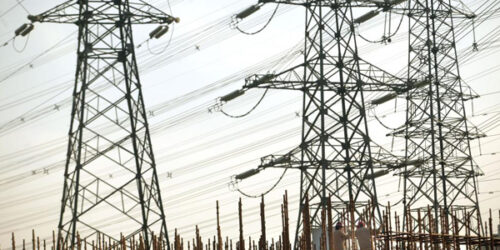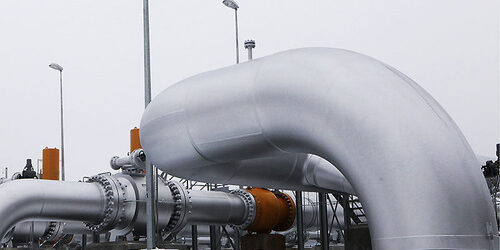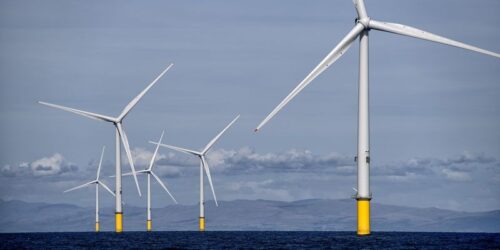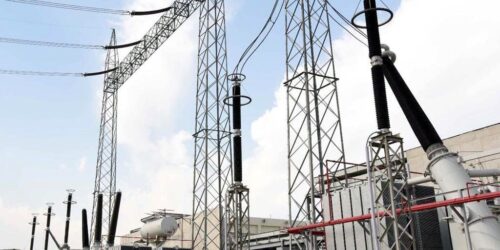The Ministry of Finance may allocate Rs330 billion for power subsidies, which are equal to 60% of the next fiscal year’s estimated needs, sowing the seed for additional Rs220 billion circular debt from the very first day of the new fiscal year. Finance Minister Shaukat Tarin also threw his weight behind a proposal of giving subsidised gas and electricity to five export-oriented sectors under existing mechanisms that will result in undue subsidy payments of about Rs14 billion to Rs17 billion on nearly 35% of the production by 4,000 industrial units…
Read MoreCategory: Recent Post
Pipeline capacities for LNG terminal sponsors ordered
ISLAMABAD: The Oil & Gas Regulatory Authority (Ogra) on Thursday directed the Sui gas companies — SNGPL and SSGCL — to immediately allocate pipeline capacities to the sponsors of two upcoming terminal of liquefied natural gas (LNG) for them to proceed with the final investment decision (FID) and financial closure. In a joint letter written to the managing directors of SSGCL, SNGPL and the two LNG terminal developers, Ogra reminded that on Feb 23, 2021, the Cabinet Committee on Energy (CCoE) had already decided on the issue of pipeline capacity…
Read MoreCircular debt—myth and reality
We all know that the main reason for the forced increase in base power tariff is the “tsunami” of expensive and excess power capacity contracted by the previous PML government on “take or pay” basis that has hit the sector hard. The previous government also did not pass on any tariff increase in its last years and left that burden to this government. Due to Covid-19, no increase in base tariff was allowed by the PTI government in 2020 to avoid burdening the consumers (which inevitably added to the circular…
Read MoreA ‘100% renewables’ target might not mean what you think it means. An energy expert explains
Is 100% renewables realistic? Achieving 100% renewables is one way of eliminating emissions from the electricity sector. It’s commonly interpreted to mean all electricity must be generated from renewable sources. These sources usually include solar, wind, hydro, and geothermal, and exclude nuclear energy and fossil fuels with carbon capture and storage. But this is a very difficult feat for individual states and territories to try to achieve. The term “net 100% renewables” more accurately describes what some jurisdictions — such as South Australia and the ACT — are targeting, whether…
Read MoreBleeding discos’ aren’t stepchildren
The electricity distribution sector did make some progress last year (FY20) despite being hit by the pandemic. It bled Rs218 billion in lieu of T&D and recovery losses, continuing with decades old rich tradition. The loss was bettered by Rs8 billion from last year. The distribution companies’ collective transmission and distribution (T&D) losses have stood like a rock in all times – good and bad – holding on at 18 percent in the last five years. Give some marks for being consistent(ly bad). The latest Performance Evaluation Report released by…
Read More






